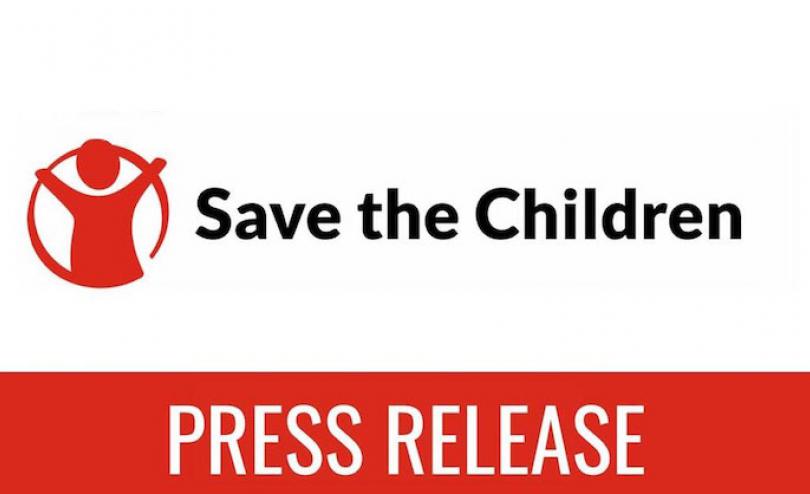DRC: More than 5% of children now displaced as conflict forces a record number of people from their homes

KINSHASA, 1 November 2023 – More than 5% of children in the Democratic Republic of Congo area now displaced after the number of people forced from their homes rose by 27% in the past four months amid escalating violence, Save the Children said.
About 2.8 million children are now displaced in the DRC, accounting for 40% of the total number of displaced people which has risen to 6.9 million from 5 million in July, according to the latest data from the UN Displacement Tracking Matrix. About 80% of those internally displaced are in the eastern provinces of Tanganyika, North Kivu, South Kivu, and Ituri.
The DRC, with a population of about 95 million, has the second highest number of displaced people globally after Sudan, with persistent violence between government forces and armed groups destabilising the country.
More than 26.4 million people are in need of humanitarian assistance in the DRC – or about one in every four people - including 14.2 million children. Conflict has been raging in parts of the country for nearly three decades, with children killed, sexually assaulted, abducted, and forcibly recruited for use by armed groups.
Violence continues to rise, and since the beginning of October armed groups have launched several attacks in the northeastern regions of DRC with children continuing to bear the brunt of the conflict.
Cecilia Thiam, Humanitarian Director for Save the Children in the DRC said:
“Many children growing up in the DRC are living through the toughest experiences. Every day children are experiencing harrowing violations against their rights. They’ve watched their homes and schools being destroyed. Armed groups force their friends and family members into armed recruitment, and many have survived sexual and gender-based violence, abuse, and abductions.
“Despite the extent of the crisis, the humanitarian response is severely underfunded. With the increased numbers of internally displaced people, the situation will become even more terrible, resulting in a shortage of food, healthcare, and shelter.
Save the Children has worked in the DRC since 1994 to meet humanitarian needs linked to the displacement of populations due to armed conflict in eastern provinces, especially in North Kivu, South Kivu, and Ituri, and in Kasai-Oriental and Lomami in the centre of the country. In 2022, Save the Children reached more than 2.5 million people including over 1.1 million children .
Save the Children has scaled up its humanitarian response to support existing care systems, training local leaders and communities to prevent and respond to exploitation and abuse, and ensuring access to healthcare through mobile clinics. It is also helping children access basic education by building classrooms, training teachers, and distributing learning materials.
ENDS
NOTES TO EDITORS
Displacement Tracking Matrix gathers and analyzes data to disseminate critical multi layered information on the mobility, vulnerabilities, and needs of displaced and mobile populations that enables decision makers and responders to provide these populations with better context specific assistance.
- Kunle Olawoyin Kunle.Olawoyin@savethechildren.org (based in Nigeria)
- Anna Rauhanen Anna.Rauhanen@savethechildren.org (based in London)
- Our media out of hours (BST) contact is media@savethechildren.org.uk / +44(0)7831 650409




